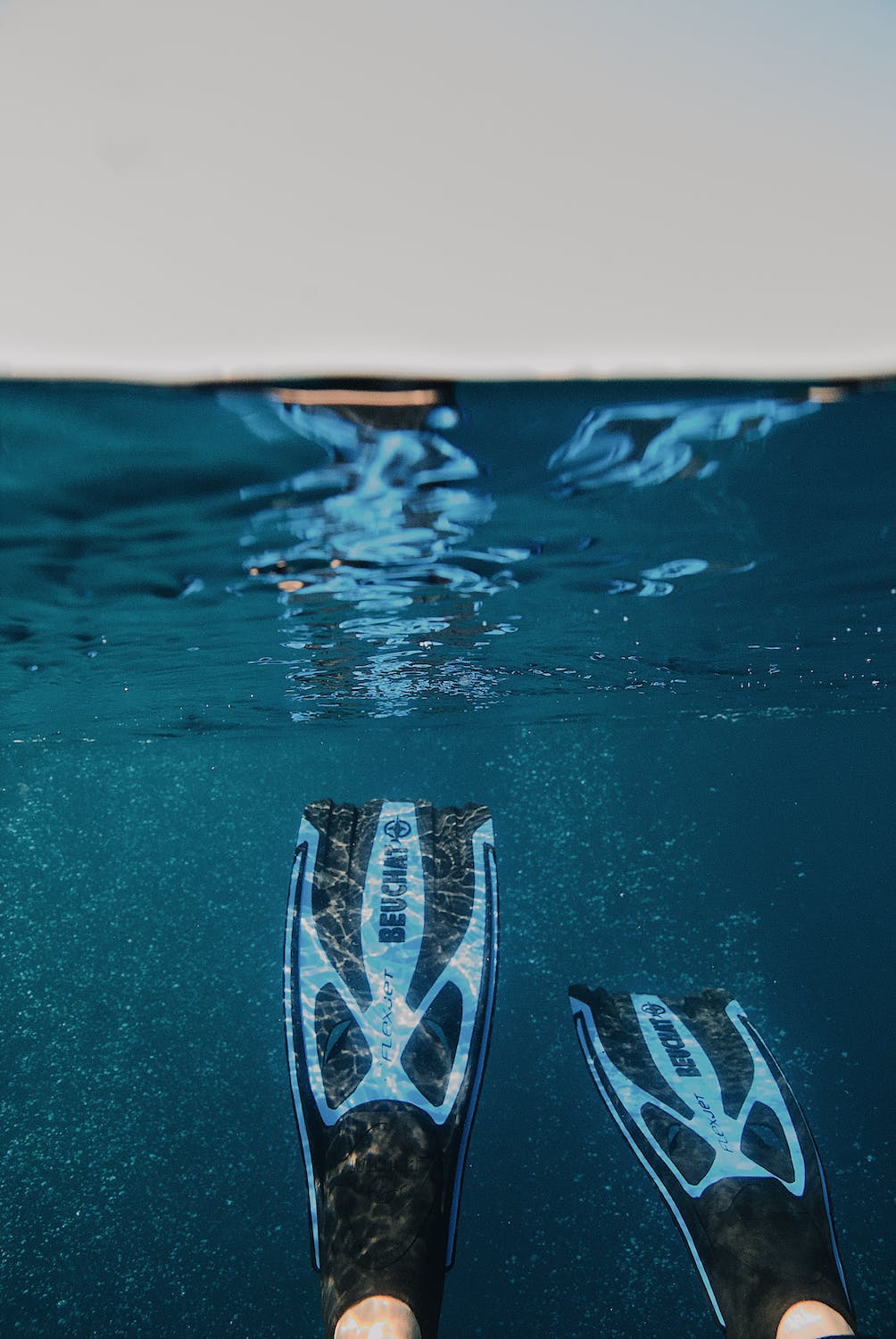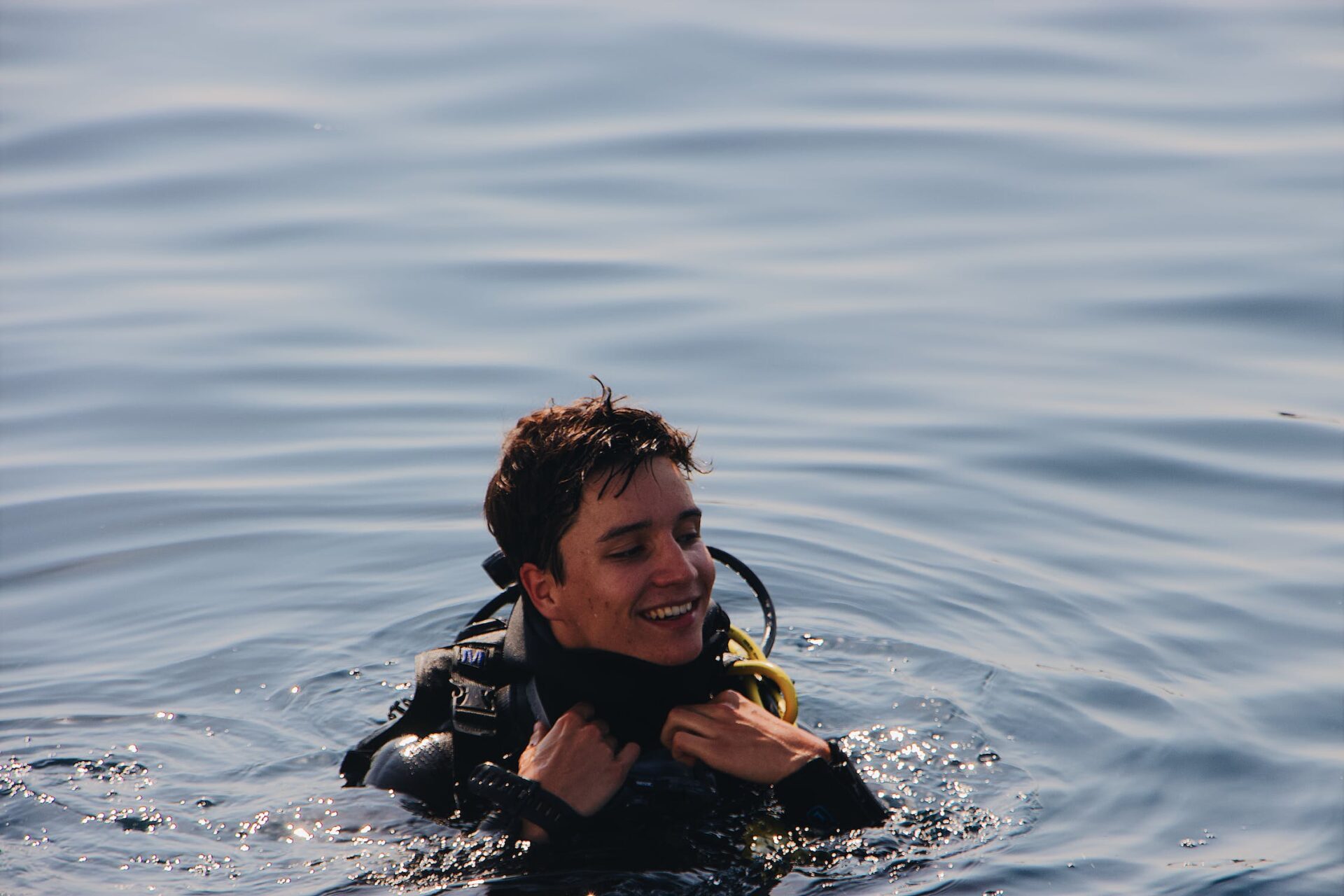The importance of clean gear
You’ve invested significant money in your dive gear and you are probably already maximizing its use. However, are you maintaining it properly to ensure its longevity? One of your main obligations as a diver is to take good care of your diving equipment. Maintaining your scuba diving equipment is essential not only as a safety precaution but also to make sure it stands the test of time..
Setting the stage
Proper service and maintenance of the diving equipment is vital to ensure its safe and reliable function and to prolong its life. It’s important to take good care of your investment in dive equipment to prolong its life and protect it from general wear and tear.
The Pre-Clean Ritual: Post-Dive Habits
Immediate freshwater rinse
First, after each dive, completely rinse all of your diving equipment in clean, fresh water. Removing as much salt or debris from the equipment as you can to keep it functioning as it should, and eliminate build up.. Items such as your regulator should be soaked in fresh water so as to ensure all traces of salt water and debris are washed away.
Loose the extras
Even though it’s crucial to thoroughly rinse all equipment, there are a few items that deserve special attention. To ensure that all gear is thoroughly washed and disinfected, empty BCD pockets and remove accessories. The main goal is to clear any potential corrosion or buildup spots.
Dive Suits: Neoprene Needs Love
Gentle cleaning agents
Neoprene can be especially susceptible to UV damage so it is necessary to consider taking additional measures to preserve your wetsuit. Use some mild shampoo or gentle cleaning agents when cleaning. Soak well with a bit of movement to wash the wetsuit inside out before hanging it up to dry.
Rinse and repeat
Wetsuits should be thoroughly cleaned inside and out. Wetsuits that develop a bad odor can be treated with a variety of mild wetsuit shampoos before a final rinse.
Drying tips
When everything has been thoroughly cleansed and dried, it’s time to put it away. After rinsing, put your wetsuit inside-out on a hanger for wetsuits and let it dry entirely before turning it right side out. If your wetsuit is damp, bacteria and even mold can form inside it and cause it to deteriorate more quickly and possibly develop an odor.
The ‘Respiratory System’: Regulators & Tanks
Special care for regulators
After a dive, your regulator has to be rinsed with fresh water. When performing this, be sure to dry the dust cap on your regulator and to fasten it securely. Water should not enter inside of the regulator since it could harm the internal parts or allow moisture to enter creating an environment where corrosion occurs . After a dive, you can give your regulator a quick cleaning under the faucet or let it soak in fresh water. Your regulator should be entirely dry before being packed after you’ve finished cleaning it.
Tip: Don’t forget to replace the mouthpiece if it shows signs of wear.
Tank tips
Generally speaking, you need to make sure your tank’s valve is closed before each use. Take your scuba tank to the nearest dive shop for a complete inspection if you think it might be leaking. A scuba tank should also undergo an annual inspection for corrosion, dents, pitting, and valve problems.
Tip: Store your cylinder in a secure upright position or lying down horizontally.
Buoyancy Control Devices (BCDs): Your Underwater Wingman
Interior rinse
Your BCD needs to be completely rinsed after a dive, just like the rest of your equipment. After a dive, it’s crucial to drain away the any water that entered the BCD through the dump valves and low-pressure inflator during the dive.
Did you know? water can leak into your BC while diving through the low-pressure inflator and dump valves.
Exterior Rinse
Rinse the BCD’s exterior thoroughly in fresh, clean water. If necessary, remove the weight pockets and wash them individually. Take time to rinse pockets, zippers and valves. We must ensure that they are free of any gritty particles.
Inflation and storage
Store your partially inflated BCD in a cool, clean, dry place, away from direct sunlight, fumes, solvents, and chemicals. The partial inflation will prevent the insides of the BCD from sticking together.
Fins, Masks, and Snorkels: The Triad of Visibility & Mobility
Simple soak
Taking care of your masks, fins, and snorkel is fairly easy. Like everything else, they must be rinsed in fresh water and completely dried before being stored. Use a small amount of dish detergent or gentle baby shampoo in keeping your masks fog-free.
Tip: Never store fins by standing them on their tips because this causes damage. It’s better to place them flat.
Strap care
Despite being made of sturdy silicone, mask straps occasionally fail. After use, thorough cleaning will increase strap life. Check fin straps, the mask strap and the snorkel keeper periodically for signs of wear.
Snorkel purge
Don’t forget your snorkel if you use one. The breathing tube of the snorkel is the easiest part to maintain, but its smaller pieces need more thorough cleaning. After use in salty or chlorinated water, the tube should be cleaned with a freshwater rinse. The mouthpiece, purge valve, snorkel keeper, and dry top are other parts of the snorkel that need extra careful washing.
Accessories & Gadgets: Compasses, Computers, and More
Delicate handling
Dive computers are a useful tool as well as an essential component of your equipment set. After usage, wash and dry the diving computer. After each saltwater dive, gently rinse. Never clean your diving computer using high-pressure water hoses or compressed air. The pressure sensors may be harmed by this.
Compass care
Most compasses only need to be cleaned with a quick rinse in fresh water at the end of your dive.
Pouches and pockets
Keeping dive knife sheaths, flashlight holders, and other accessories free from debris and salt buildup is a good tip on keeping your gear in top condition. Salt crystals easily build up on these accessories and failure to remove them can result in them causing wear to the fabric.
Tip: No matter if your knives have titanium blades or not, you should clean them in fresh water before storing them.
Storage Smarts: Keeping Gear Ready for the Next Dive
Cool, dry places
Most diving equipment will last better if stored in a cool, dry place out of direct sunlight. Sunlight can deteriorate neoprene suits, hoses, latex or rubber seals, and all plastic materials, O-rings / gaskets and even zips. In high temperatures, neoprene will also lose its elasticity.
Hanging vs. laying
Using the suitable hanger is typically better than storing equipment flat.
Tip: Ensure adequate airflow by hanging gear open to prevent mold and mildew growth.
Regular check-ups
The first and possibly most crucial reason why you should maintain your scuba gear on a regular basis is safety. Your diving gear must function properly to keep you safe. Whether you dive every weekend or just occasionally, your diving gear needs to be maintained on a regular basis. It is always recommended that you visit your nearest dive shops and have it inspected regularly.
Conclusion
We hope that this article has given you some tips on the significance of cleaning your diving equipment correctly. It’s also crucial to note that maintaining a strict maintenance schedule does not excuse you from performing routine equipment inspections. It’s still important to check that your equipment is in perfect working order by testing it before each dive. Maintaining the functionality of your equipment and keeping an eye on it will keep you safe underwater.
If you follow these recommendations, the equipment you’ve bought should last for many years. Have anything to share with us about scuba gear maintenance? Let’s hear it! If you have any product recommendations or a hack on cleaning for your gears, feel free to share it in the comment section below!
Check out this Infographic for a simplified information about dive gear maintenance!
Updated on: December 05, 2023





